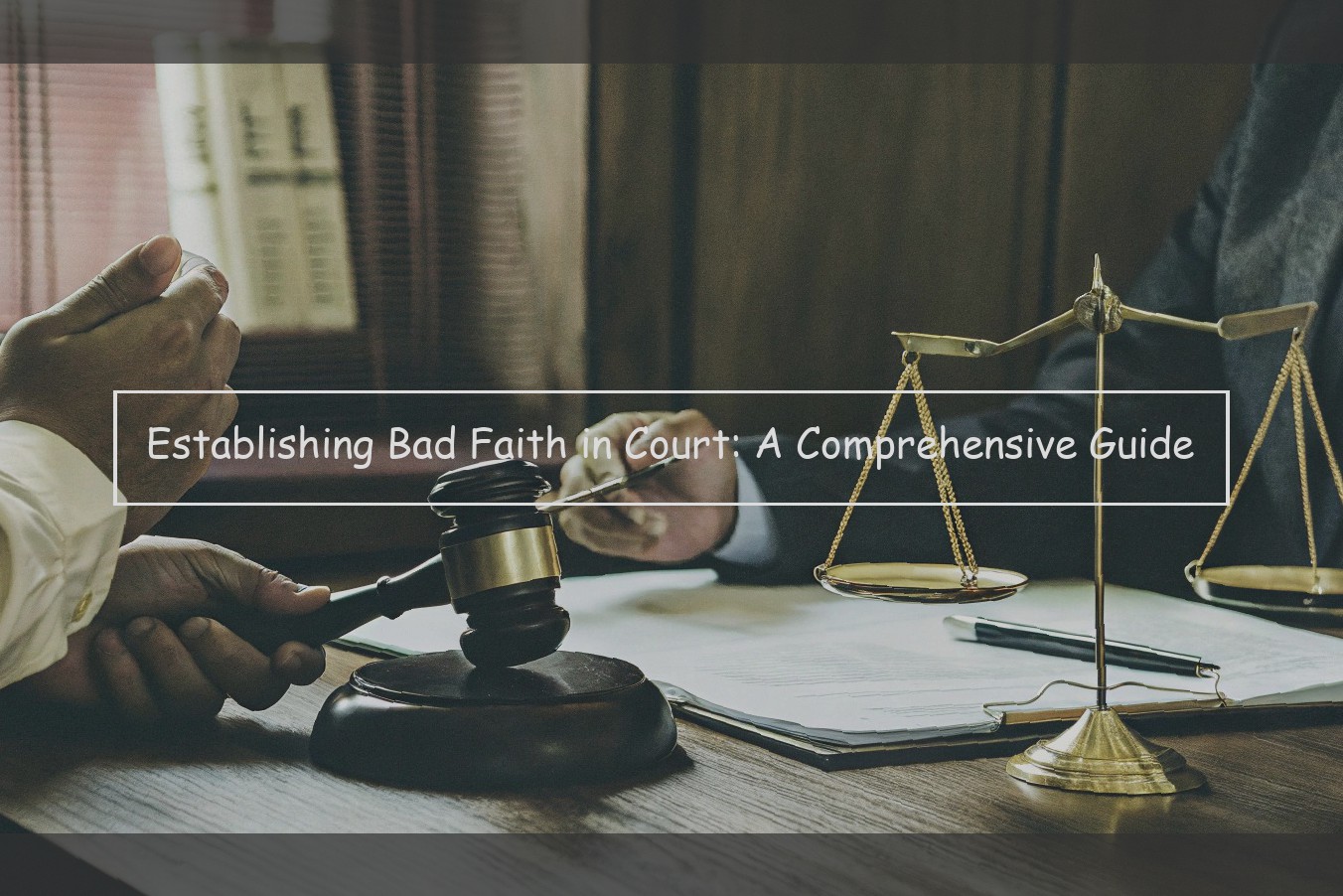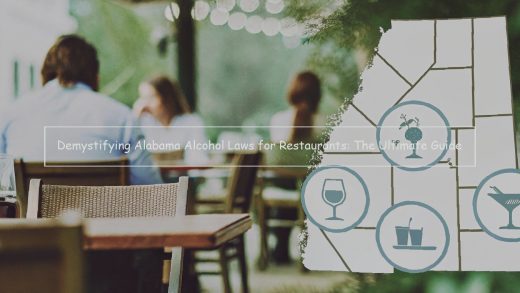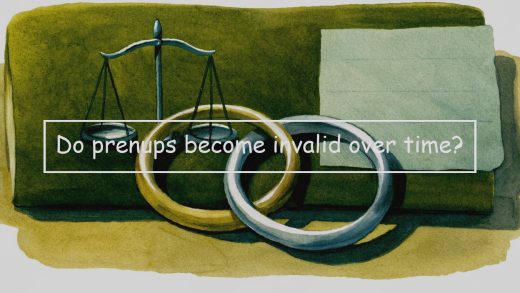
Bad Faith: What It Means in Legal Context
The legal definition of bad faith goes beyond the colloquial conceptualization of the phrase; being used as a term of description for action perceived as dishonest or unscrupulous. Bad faith, or "bona fides" refers to "an intention to deceive the other party, willful disregard of the rights of another or such conduct as tends to deceive others, or an actual intent to mislead others".
The most common application of bad faith in the civil context occurs in terms of insurance claims and contract disputes. For example , suppose a home-owners insurance company claims that a plumbing repair is not covered under a home owner’s policy after a leak damages the kitchen sink into the basement. The insurance adjuster may be assessing the case within the ranges of general practice for the insurance company and so providing a reasonable explanation for denying coverage. The same situation with the addition of a conversation where the insurance adjuster states that the home-owner will not be given any coverage under the policy for damages to the home if they try to proceed with litigation could fall into the category of bad faith.
Bad faith may also be assessed on contractual situations where an agent makes representations for sole benefit to themselves and/or their companies at the expense of their clients. In the instance where the real estate agent is receiving commissions at 2.5% commission from the buyer’s agent and a 7.5% commission from the seller’s agent, it may be in their best interest to steer the buyer, the commission belonging to their colleagues up to the sky, only rendering the buyer with 2.5% under their own shop. If this type of representation can be shown to have been made with the full intention of causing loss to their buyer by denying them the options available, it may still be assessed even if the agent has "other clients" as well.
How To Identify Bad Faith
The following are some common signs and indicators that may suggest that a party is acting in bad faith:
Actions contrary to the norms or expectations at common law or in a contractual relationship.
Circumstances suggesting an ulterior motive.
Indications of a desire to undermine agreed legal procedures. For example, an insurer unreasonably refusing to submit to arbitration within a given time frame.
Unexplained delay in satisfying orders and judgments.
Attempts to manipulate the law or court procedures for ulterior purposes.
Circumventing the rules of procedural fairness.
Outrageous arguments served in an attempt to create confusion.
Undue hardship imposed upon the pursuit of a legitimate claim.
Evading substantive and procedural requirements following the correct application of the law.
Poor treatment of counsel to slow the judicial process. For example, bare bone argument in affidavits and briefs.
Failure to follow and comply with the rules, such as service of court documents and the timely submission of requisite documents to the court.
Failure to follow directions given by the court.
Disrespect of the court and judges.
Gathering Evidence for Bad Faith Claims
Collecting Evidence That Proves Bad Faith
While factual differences may exist among the specific elements of a "bad faith" claim in a particular state, an insured’s factual showing typically will focus on the insurers’ documentation, witness testimony and expert analysis of first party and third party claims files to support its arguments. Again, this evidentiary showing typically will be necessary to prove a breach of contract claim, as well, given that first and third party claims files and other evidence will be necessary to support factual claims about the existence of a contract to pay a benefit, the terms of that contract and the insurer’s breach of those terms. In a bad faith case, however, the insured will have a much heavier burden because the facts that are at issue not only go to the existence of a contract and breach of contract, but also to the insurer’s general business practices, its treatment of the insured individual or group policyholder as these issues arise, and generally to whether the insurer engaged in a practice that can be repeated to other policyholders.
An insured’s evidentiary showing, therefore, should be designed to demonstrate to the judge and jury the elements of the specific claim. For example:
*** Upon or shortly before a policyholder’s submission of the claim, the insurer received information as to a scenario, filled the gaps, accepted the claim and began investigating how to determine damages. This factual scenario supports an argument that the insurer was looking out for its own interests in the first instance rather than the policyholder’s best interests.
*** Documents relating to the insurer’s analysis of the claim are necessary to establish the theory of damages submitted by the policyholder. A public adjuster and/or appraiser may need to be employed to analyze the insurer documents to show the first or third party insurance company was unreasonable in its damages determinations and the resulting offer.
*** Upon or shortly before a policyholder’s submission of the claim, the insurer was put on notice that there was a potential extra-contractual or tort claim due to the underlying conditions being created by the insurer’s claims handling and based on a greater standard than the "reasonable expectation" or "reasonable person" standard.
*** The insurer failed to conduct an independent investigation of the claim for six months, during which time information was received showing how the insurer had understated the coverage and undervalued the property at issue. Such actions support an argument that the insurer was looking out for its own interests in the first instance rather than the policyholder’s best interests.
Legal Methods for Demonstrating Bad Faith
The legal strategies for proving bad faith during litigation vary depending on the circumstances of each case. One common method used by attorneys is to gather a substantial amount of supporting evidence, such as expert witness testimony, documents from separate trials that have found bad faith by the insurer, and other competent evidence demonstrating first-party insurance bad faith. Often, a defendant will try to settle the claim for less or delay it until a statute of limitations runs instead of going to trial. One common defense is to argue that there was an applicable policy exclusion. However, in some cases, the policy exclusion may actually enhance the plaintiff’s case if there was not an adequate investigation into whether the insurer should have expected the loss. An insurer cannot rely on a policy exclusion that it failed to investigate and may still be liable even without coverage.
Tactics used by the defense often include denying many of the allegations in the complaint. Commonly, when a plaintiff tries to prove bad faith and submit a small claim to judgment, the insurer will try to subvert the purpose of the claim’s limits and offer to settle for the high side of the claim. It is not common (though sometimes done) for a bad faith lawyer to recommend taking the matter up on a higher value claim. However, an insured that tries to resolve the matter in an expedited fashion before trial generally nets a more favorable recovery for the plaintiff. It is advisable for an insured to maintain aggressive advocacy until there is a zero exposure threat.
Bad faith counsel can help resolve a claim before a lawsuit is necessary and is able to conduct an analysis of a claim based on a sliding scale where the further litigation progresses the higher the rate of recovery. Bad faith attorneys can discuss with the insurer the methods of recovery that lead to wins at trial, i.e. offering major punishment to the insurer at trial. Bad faith attorneys expose the risk of maintaining the dispute throughout a case.
Case Examples of Bad Faith Litigation
The proving of bad faith in court can be seen in several typical case scenarios under which insurance companies have run afoul of the law and have faced lawsuits from insured parties. The typical examples include the failure to settle a case within the limits of the policy, refusing a defense of legal counsel even in cases where the policy mandated such an obligation, the exclusion of certain benefits when benefits were clearly expected to be covered by the policy and making unwarranted misrepresentations to the insured that money is not easily forthcoming in order to force the cancellation of a policy or delay payments beyond that set by law.
In the case, Allstate Insurance Co. v. Rittenhouse, the Pennsylvania Supreme Court dealt with an insured homeowner who sustained losses to his real estate property due to a snowstorm. The homeowner submitted his claim to Allstate who instead of processing the legitimate insurance claim, ran the claim through various legal departments who nearly made the claim extremely difficult to settle for the homeowner. The Rittenhouse Court wrote, "In this case, a claim properly reported as a legitimate risk of loss was assigned to separate legal departments of Allstate based on Allstate’s own internal procedures which were unknown to the insured and which created unnecessary cumulative hurdles with respect to the handling of the claim as it progressed through the process." The Court found the actions of the insurer to be in bad faith and ruled against Allstate.
In the case of Boyce v. midday Sun Insurance Company, the Mississippi Court of Appeals found that when an insurer represents to insureds that their home is insured when it is not based on a clerical error, the insurer cannot try to avoid payment by claiming that they did not know the house was not insured because they had no real knowledge of the loss . The case involved the insurer mistakenly listing the insurer as owner of the property for which the loss ensued. The insurer refused to pay the claim, arguing that they had no knowledge of the loss. The Court found the insurer was in bad faith in denying the claim.
The case of U.S. Fidelity & Guaranty Co. v. Gorton dealt with an insured contractor who obtained a workers compensation policy and general liability policy with coverage limits of $800,000 for any one claim. A subcontractor who was injured on the job sued the contractor for $7 million in damages in addition to the $800,000 that was purchased. The contractor notified the insurer and offered to settle the case without a lawsuit, even though the $800,000 policy limits did not fully cover the claims. The insurer, however, refused making any settlement offer that would protect the insured from partial payment for the claim. The reasoning behind this policy was that if the amount of liability exceeded the policy limits, the full cost of the claim would fall on the insured as the contractor should be presumed to have anticipated the risk of liability beyond the policy limits. The bad faith with which the Court held the insurer performed the exclusion of the risk was arbitrary and unreasonable, was against the public good for the policy limits failed to provide full coverage, the policy purpose was frustrated and the insured was harmed in that he saw no real protection whatsoever. The Court found that the insurer provided no reasonable ground for limiting the claims even after the insured offered to pay the difference between the policy limits and the judgment in the case.
What can be learned from these notable examples? Bad faith is not necessarily found in the outright refusal to pay a claim, but rather, the refusal to engage in reasonable behaviour and insurability of the claim when the insurer has every reason to believe the claim is valid and should be paid.
Overcoming Obstacles in Bad Faith Cases
The complexity and high stakes involved in proving bad faith can lead to a number of potential challenges and obstacles that the insured and her attorney may face in the process of bringing an action on the basis of a bad faith claim. The vast majority of actions for bad faith require what is known as "first party" insurance, which typically includes homeowners, automobile, and disability policies. Notably, the burden of proof for these actions for bad faith lies almost exclusively with the insured and it’s up to the insured to prove that the insurer has engaged in bad faith.
Although insureds present an ostensibly meritorious claim to the court, the insurance company will often vehemently counter that the insured has failed to establish a first party claim, or at least has the burden of proof to establish one. Insurers will also mount an offensive to establish that the insured never asked for a copy of the underlying policy – usually they will say that the insured could have easily procured a copy of the policy but chose not to, and now is trying to assert an insurance claim out of thin air. However, the truth is that most insurance companies are more likely than not to short file the insurance policy and only provide the policy provisions that are favorable to them in the first place, usually the portions that give the insurer the right to deny coverage based on particular exclusions from the policy. As experienced bad faith attorneys, we know what to look for when going through the policy in detail. Our job is to find the exclusions and loopholes the insurance company is maintaining for itself in denying the claims the policy otherwise covers.
Consequences of Successful Bad Faith Claims
Impact of a Successful Bad Faith Claim in Court
So, what happens next? After successfully proving bad faith in the court, what are the remedies that can be sought under 56:10-1.4 when brought under New Jersey law ? Section 56:10-1.4 authorizes the court, as part of its judgment, to award the following:
- (1) damages sufficient to reimburse the abused insured for its losses;
- (2) consequential damages;
- (3) punitive damages;
- (4) reasonable attorney’s fees and other litigation expenses; and
- (5) in the case of an insurer , an assessment equal to three times the amount found to have been improperly withheld.[22]
Such remedies are indeed powerful and are in place to ensure that insurers not only do not withhold payments to insureds under existing policies, but that their bad faith actions will be penalized in the form of paying damages, in order to deter them from doing so in the future.



